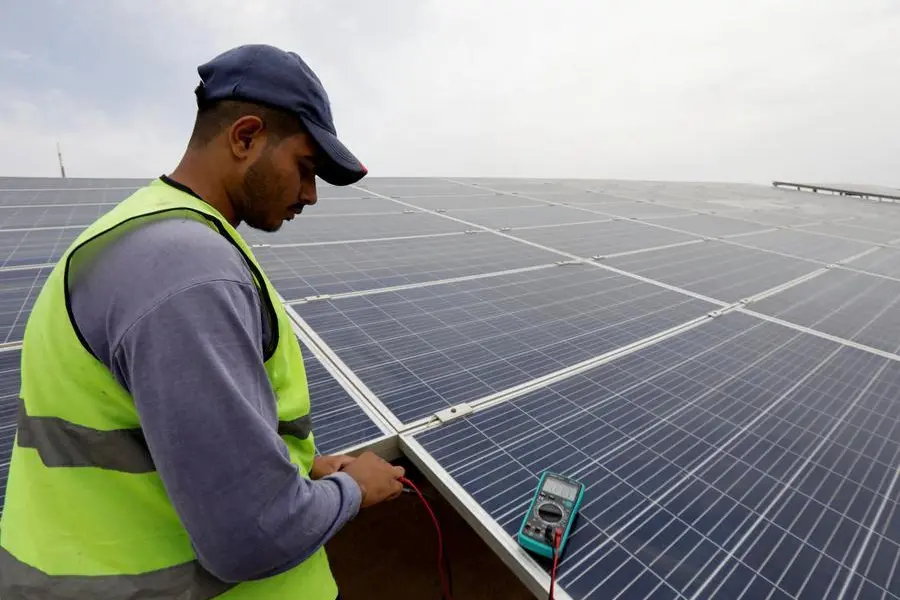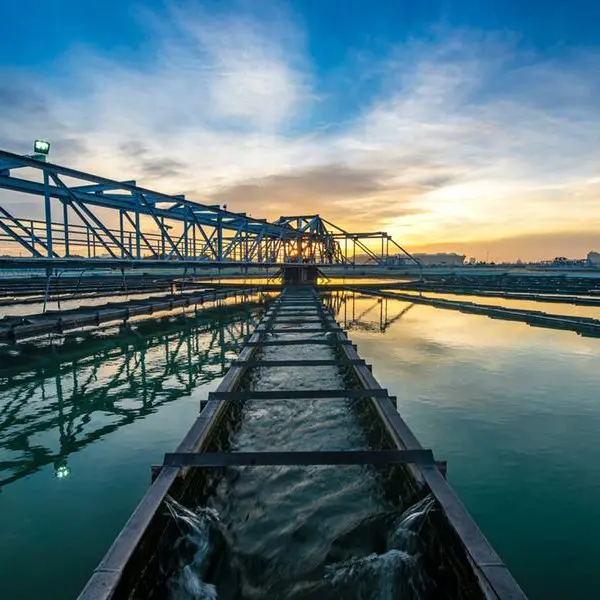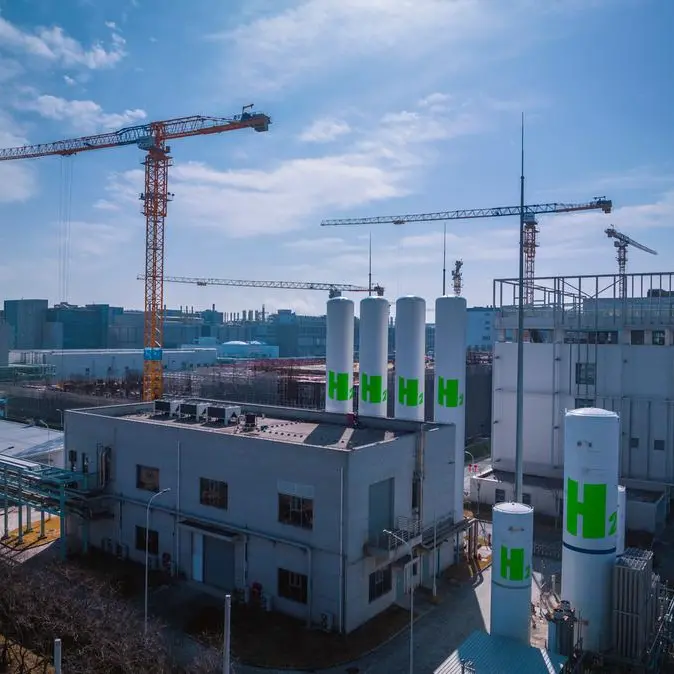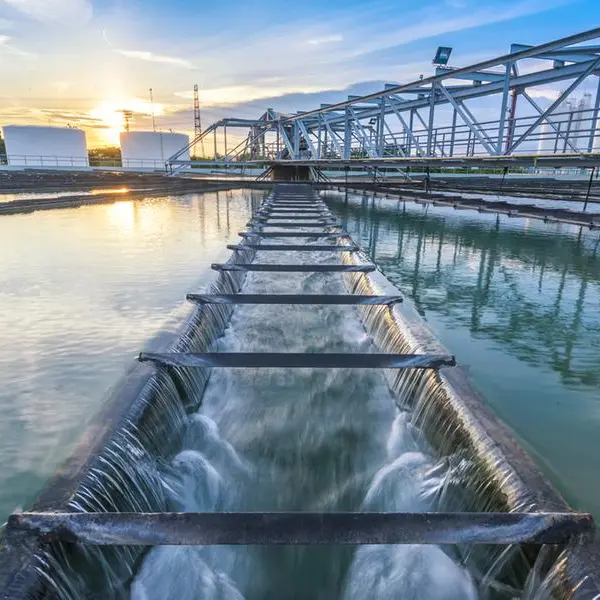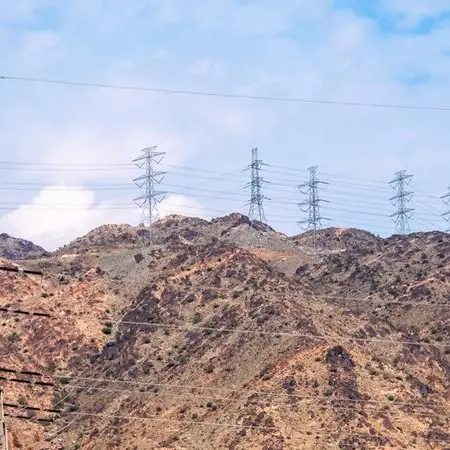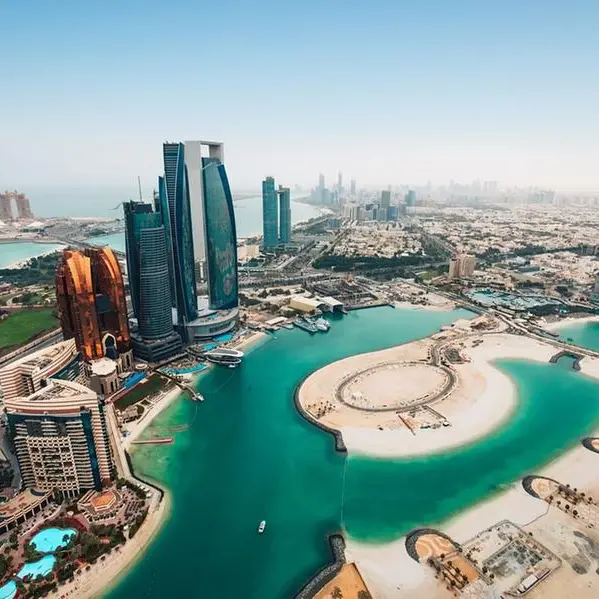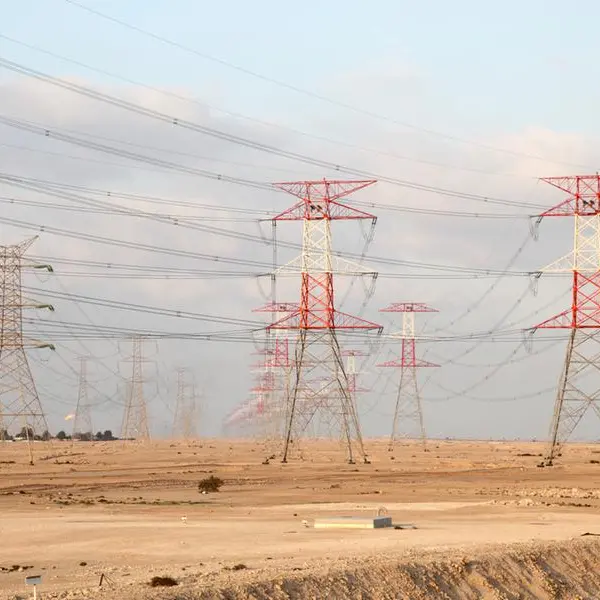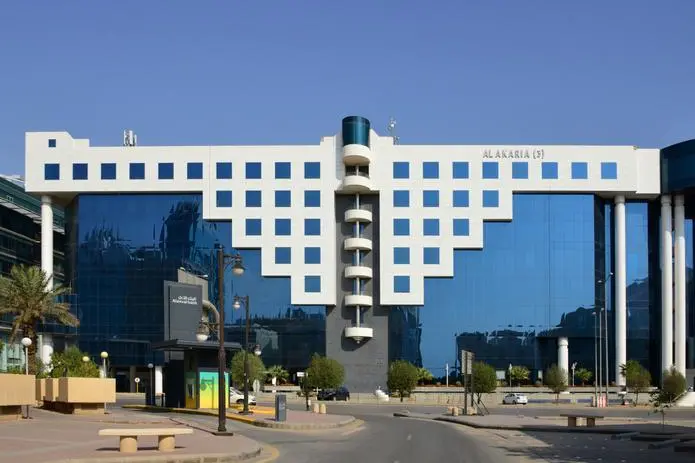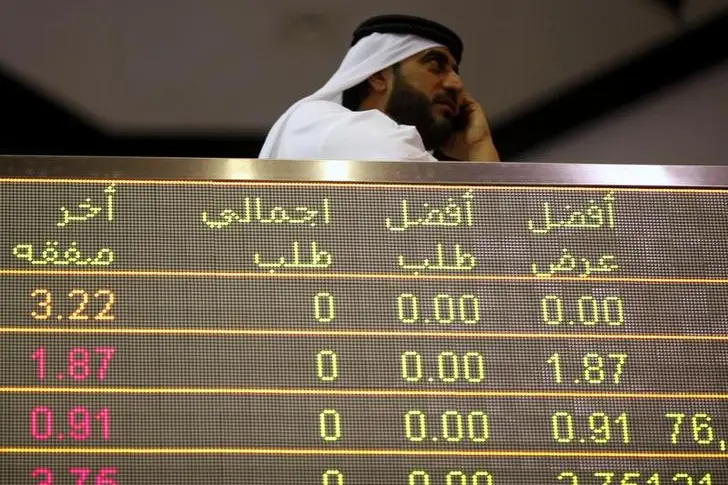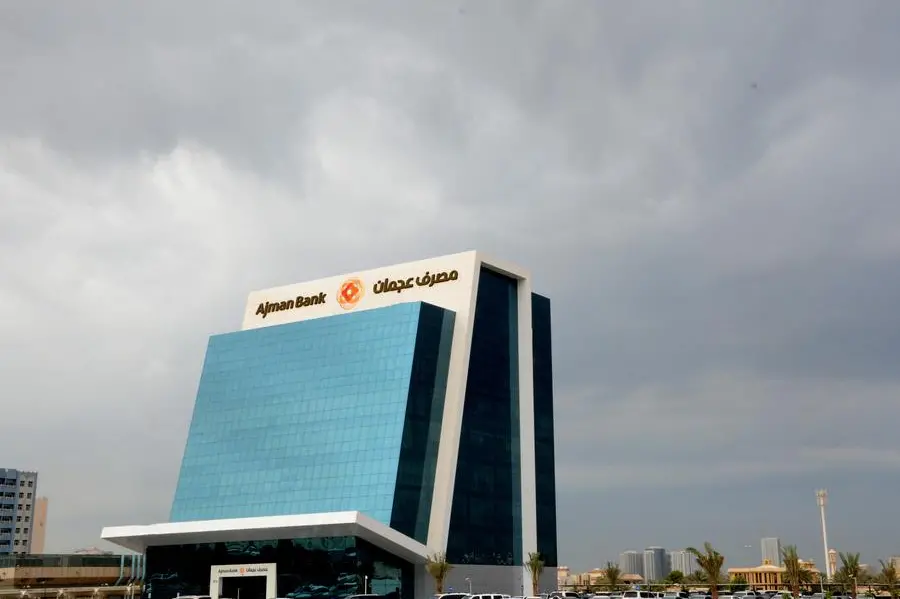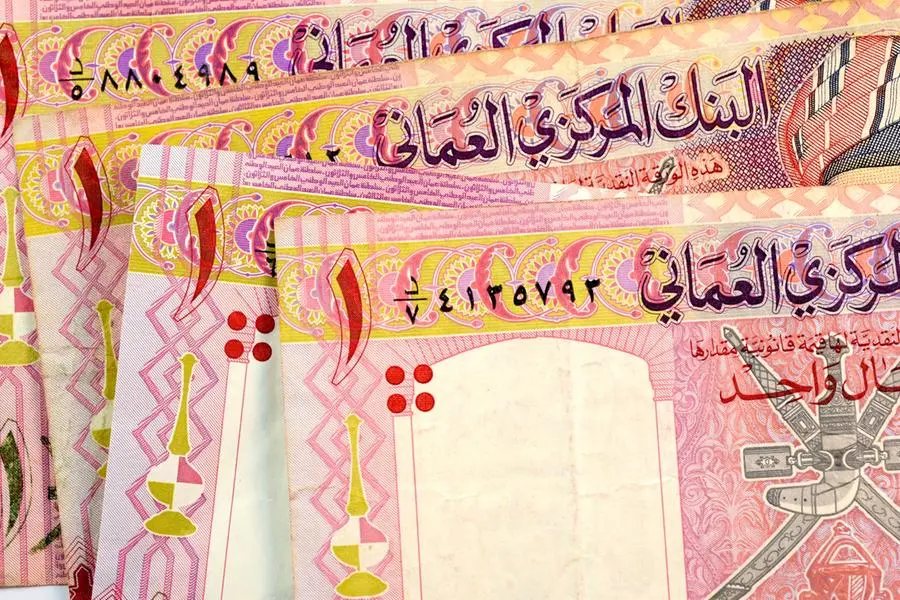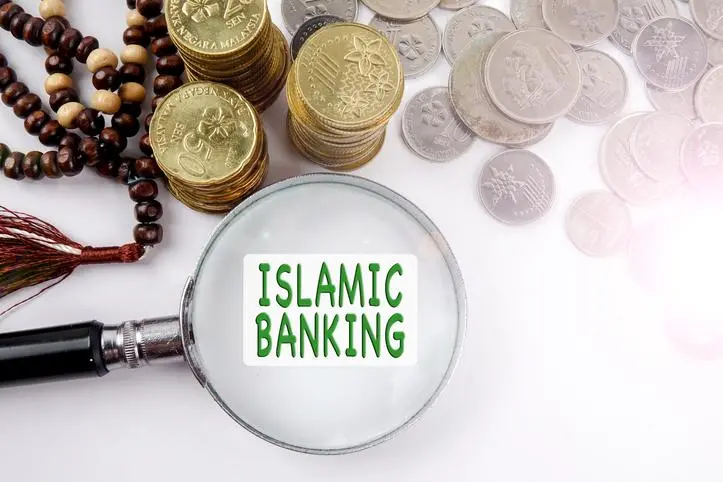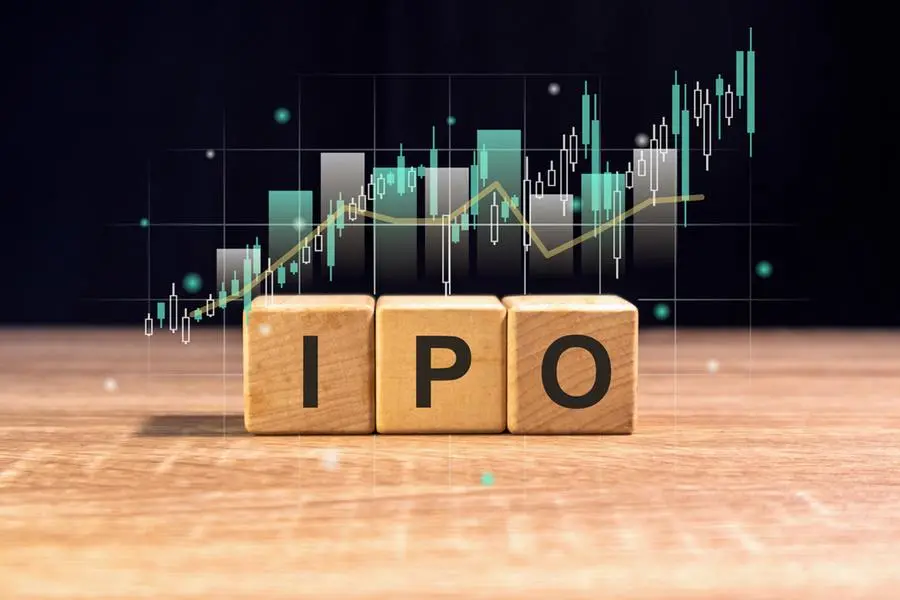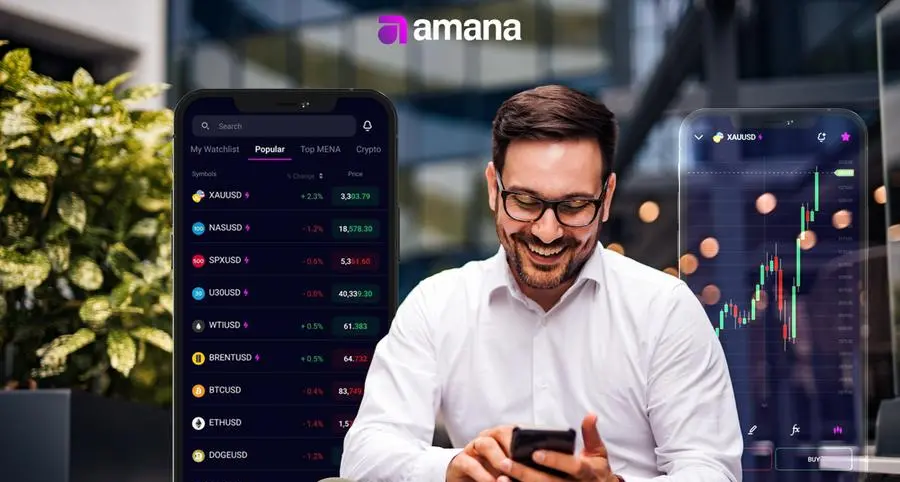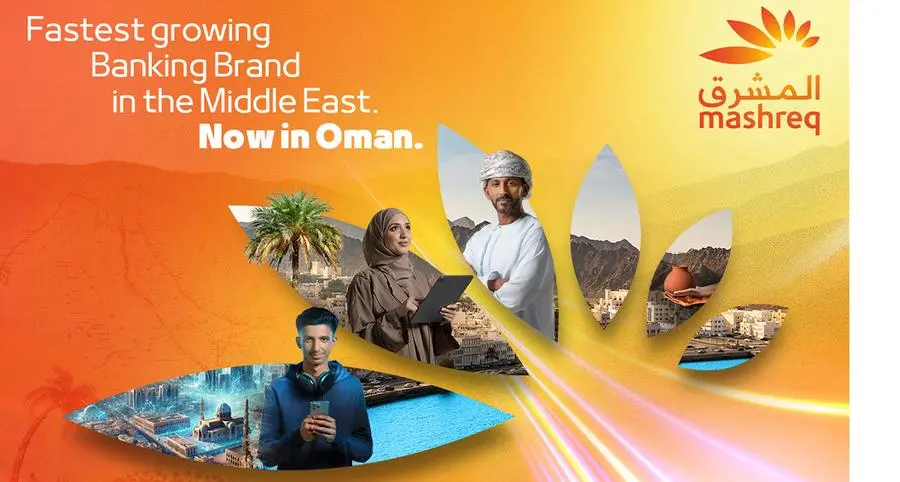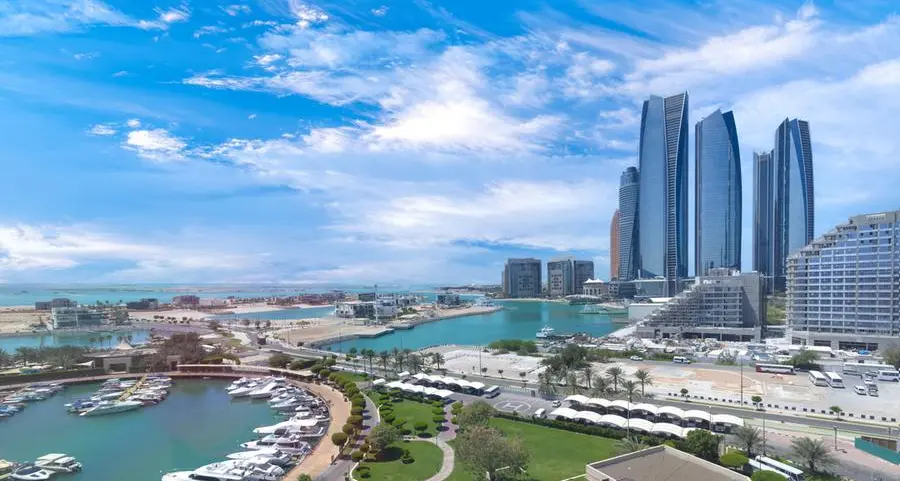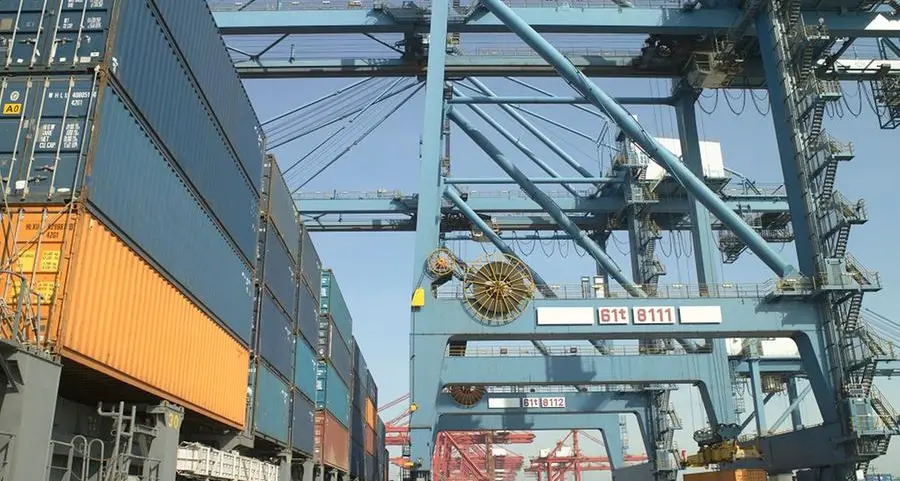PHOTO
A worker checks solar cells on the rooftop of a hotel in the resort town of Sharm el-Sheikh, the first to operate a solar-powered plant in a bid to turn to clean energy as the city prepares to host the upcoming COP27 summit in November, in Sharm el-Sheikh, Egypt, June 4, 2022. Picture taken June 4, 2022. REUTERS/Mohamed Abd El Ghany.
As North Africa positions itself as a future leader in solar energy, the region’s progress remains constrained by a persistent financing gap, according to Aditya Saraswat, Senior Vice President and Head of Research at Rystad Energy.
Speaking at the Middle East Energy Summit in Dubai last week, he pointed out that limited access to capital and the widening global disparity in financing costs are key barriers to the development of solar photovoltaic (PV) projects in North Africa
“After the pandemic, we have seen the cost of capital for oil and gas projects go up… but that is not the showstopper. The showstopper is the difference in the cost of capital for developed economies versus developing economies when it comes down to accessing renewable energy.”
While solar PV is rapidly outpacing other technologies in terms of projected growth and emissions alignment, its rollout in North Africa is heavily dependent on financial structuring and investor confidence, stated Saraswat.
He said the financing mechanism becomes even more critical when considering that “90 percent of power generation in the region still comes from liquids, gas, and coal,” with renewables contributing only a small share.
Targeted financial mechanisms
Initiatives like COP28’s Loss and Damage Fund and climate finance packages are seen as vital tools to bridging the capital gap. Aditya Saraswat noted that the Fund—designed to support vulnerable countries facing the impacts of climate change—plays a critical role in facilitating access to renewable energy in emerging economies, which are expected to be key drivers of future energy demand. The UAE has reportedly pledged $100 million to the fund.
Additionally, the UAE launched the Alterra fund with an initial commitment of $30 billion, aimed at attracting further private investment by mitigating risks associated with projects in developing regions.
Despite such initiatives, access to capital in North Africa remains limited due to policy uncertainty, fiscal instability, and underdeveloped local banking systems. This makes long-term project financing, especially for capital-intensive solar PV and grid infrastructure, challenging, according to the Rystad analyst.
Master projects reshape supply chain
In his address, Saraswat also outlined how the emergence of large-scale, mass-manufacturing “master projects” - often supported by international partnerships - is reshaping the renewable energy sector.
“These projects are helping to streamline fragmented supply chains making them more competitive and ultimately reducing the cost of key technologies like batteries and solar PV modules,” he said, adding that the lower costs open the door to increased access to financing for developers.
Egypt, Morocco lead solar push
He said Egypt and Morocco are leading the North Africa region in terms of active solar PV pipeline. Egypt alone accounts for 39 gigawatts (GW) of solar PV capacity in the pipeline out of which 36 GW is in the planned phase with remainder either under construction or already operating. Morocco follows with 18 GW, most of which is also in the planning stage.
However, Saraswat cautioned that any disruption along the way — be it in policymaking, fiscal pressure on governments, or challenges faced by developers and operators, can derail this progress.
“In such cases, these countries risk falling back on legacy energy sources just to meet their energy needs,” he said.
Long-term potential remains
Despite these hurdles, Saraswat was optimistic about the long-term promise of the region. He pointed out that solar PV projects in North Africa have some of the highest capacity factors in the world due to geographic advantages, which could unlock downstream revenue potential in both local and export markets, particularly Europe.
“The region has all the right ingredients to breed the solar rollout, not only in-house but also to support energy transformation in neighbouring continents,” he said.
He also referenced ongoing plans for intercontinental energy trade, including solar electricity and hydrogen exports to Europe, which could eventually create more bankable project profiles.
Role of industry and policymakers
For North Africa to capitalise on its solar advantage, Saraswat urged both public and private stakeholders to address the financing dilemma head-on. This includes building stronger credit frameworks, de-risking foreign investments, and ensuring transparent, long-term energy policies.
“As business players and strategy makers, you have to look at policy differences, target deviations, and any bottleneck in the financial supply chain. That will ultimately determine the speed of rollout for the PV sector,” he concluded.
(Reporting by Rajiv Pillai; Editing by Anoop Menon)
Subscribe to our Projects' PULSE newsletter that brings you trustworthy news, updates and insights on project activities, developments, and partnerships across sectors in the Middle East and Africa.
